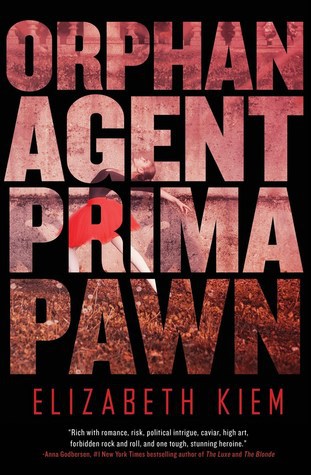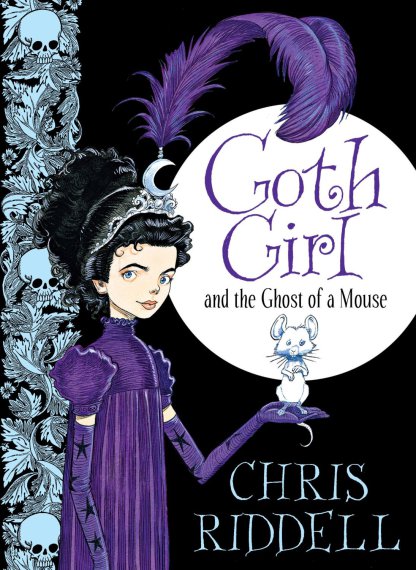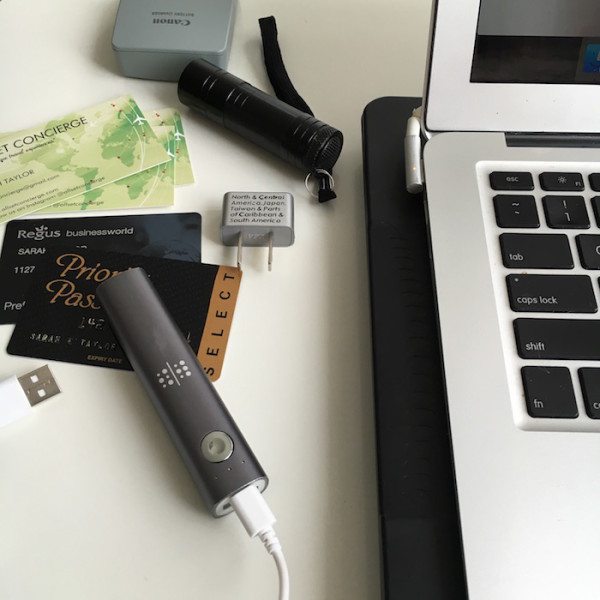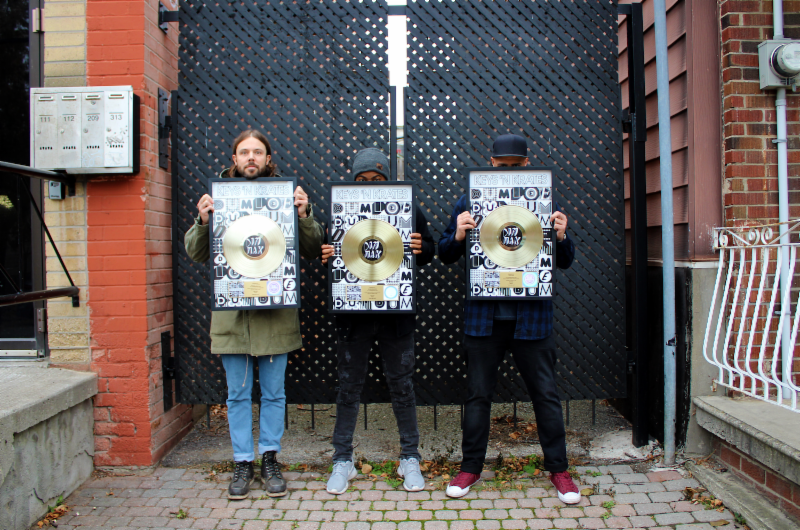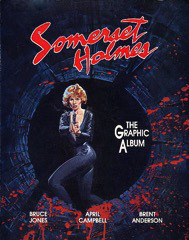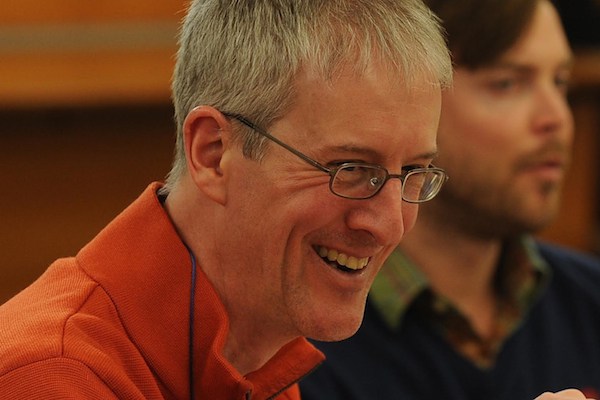 Author Jeff Speck/ photo by Scott Beseler
Author Jeff Speck/ photo by Scott Beseler
It is an “intellectual revolution,” in the words of author Jeff Speck, that’s made Millennials favor walkable urban living over the automotive-bound suburbia of their parents. But how did it happen?
It might just be the difference between Seinfeld and The Partridge Family, Friends and The Brady Bunch.
In his book Walkable City: How Downtown Can Save America, One Step at a Time, Speck — crediting economist Christopher Leinberger for the initial observation — talks about the role of sitcoms in sparking urban trends.
“It’s not a random occurrence that (Millennials) are much more desirous of urban rather than suburban living,” says the 52-year-old urban planner/designer during a phone interview from his Brookline, Mass., home. He will be speaking at noon on Friday, Oct. 23 at Cincinnati Preservation Assocation’s Fall Forum lecture in the Netherland Plaza’s Hall of Mirrors downtown.
“The Baby Boom grew up with suburban shows like The Brady Bunch, The Partridge Family and Happy Days and the only urban shows were crime shows,” Speck says.
He notes that, going way back to the earliest Boomers, the 1950s Jackie Gleason sitcom The Honeymooners was set in an older Brooklyn apartment building and featured an explosive bus driver, his sewer-worker friend and their exasperated wives. It was hilarious and even earned a revival in the 1960s but was no role model for post-World War II American urbanism.
As there has been an awakening in the culture at large about the benefits of walkable cities, there’s also been one among urban planners. But there are problems in them making that a reality.
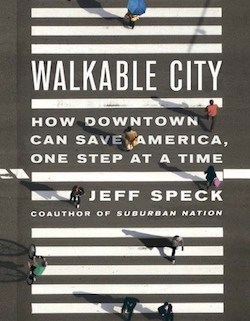
“Now most city officials, planners, educated citizens, downtown development and Chamber of Commerce folk, almost everyone involved in the physical making of society in the U.S., gets it,” Speck says. “They understand and have a right approach.
“Unfortunately, almost everyone with the right motives is applying wrong techniques to achieve the goals. The reason is because of the legacy of the auto age, which still controls so much of the process because it’s been fossilized into the policies, documents, zoning codes and subdivision ordinances that control what our cities have become.”
Top draw: tables and chairs at sidewalk cafe
Speck recommends that we grow cities — especially the downtowns and older mixed-use neighborhoods with such urban-fabric characteristics as town squares and traditional blocks — by remembering what made them thrive before post-World War II changes. That increases and encourages walking as a form of transportation as well as recreation and, in turn, encourages living in such an urban area.
Streetcars can help as “pedestrian accelerators” in downtowns and can serve as land development tools outside the central core by making property along the route more desirable, Speck says.
But once more pedestrians take to (and live or work near) urban sidewalks, the job isn’t finished for a city. Walking must be comfortable, safe, useful and — crucially — entertaining. Otherwise, interest wanes.
Among his suggestions to keep things lively is to limit surface parking lots, a source of pedestrian alienation.
“You shouldn’t have it, although most cities have too much, but if you do you need to keep it away from the edges of your sidewalks,” he says. “Walking by even the thinnest crust of a building is 10 times better than walking past an empty parking lot. There are buildings as narrow as 20 feet deep that hide parking lots very effectively.”
Another detriment to walkability is buildings that have no street-facing windows or that obscure and cover up their windows with signage. Pharmacies are a particular egregious offender, he notes.
“That’s completely destructive to the interests from the sidewalk, and cities that really value walkability want to get rid of that,” he says, adding that it can be done through zoning.
Speck has a hierarchy of most-to-least interesting sidewalk experiences for passing-by pedestrians.
“Probably most interesting is a restaurant with tables and chairs, particularly if they spill out onto the sidewalk,” he says. “Next is merchandise you can buy. Number three gets into the residential spectrum, where you have semi-public transition zones like stoops and porches that draw out the experience of entering and exiting and blur the distinctions of public and private. An apartment house with a lobby facing the sidewalk is probably even better.
“And from there you work your way down to an office with venetian blinds and ultimately to blank building walls and parking structures that are right up against the sidewalk.”
‘Grow cities at the expense of the automobile’
Speck’s ideas really become provocative in his suggestions for reducing auto traffic in a city. He believes walkability comes “at the expense of the automobile.”
Here are some of them:
• Lower speed limits, perhaps to 20-25 mph.
• Greatly reduce one-way streets, including in downtowns, because they’re a threat to pedestrians.
“Opposing traffic encourages drivers to slow down,” he says. “Also, you don’t have to loop to your destinations, which causes more driving.”
• Reduce the width of streets and number of traffic lanes in areas where pedestrianism is desired. That can result in just a single lane in each direction with a center turn lane, more space on the sides for bike lanes and curbside parallel parking.
“Many cities have streets with more lanes than the traffic on them demands,” he says. “It’s extra pavement that doesn’t do anyone any good. It just encourages speeding. And parallel parking makes streets safer because it’s a barrier of steel to protect the sidewalk from moving vehicles, and it convinces drivers to drive more slowly.”
• Ban businesses from having drive-through or drop-off facilities that interrupt the sidewalk.
• Prohibit right-turn-on-red and give pedestrians a head start before cars can turn right on green. Also, people shouldn’t have to push a button to get a walk light at a crossing — there should be an automatic walk/don’t walk cycle at all times.
• Many intersections would be safer with four-way stop signs than traffic lights.
Speck has other driving-related recommendations but wants to stress that “to grow cities at the expense of the automobile is not at the expense of drivers. The biggest understanding you come to when you study bigger cities is that when you change a city to make walking and biking easier and driving harder, drivers happily change their habits in ways that make their lives better.
“The principle reason for this is that the equilibrium state of an American roadway is a state of congestion. When you find those cities that have chosen to build their way out of congestion with highways, they have only built themselves into more lanes of congestion.”
Although Speck doesn’t recall visiting Cincinnati previously, looking at a map of it he winced at how “nasty” Liberty Street cuts an imposing swath through dense, high-pedestrian-potential Over-the-Rhine.
“And there are all the other costs we don’t even think of,” he says. “Tens of thousands of Americans killed every year in traffic, incredible health and disability costs that accrue from accidents, roadways falling apart that we can’t afford to rebuild, the pollution destroying our planet.”
In Cincinnati, several of the ideas Speck discusses have been implemented, such as converting portions of one-way William Howard Taft Road and McMillan Street to two-way in Walnut Hills. And there have been experiments with making Over-the-Rhine’s Pleasant Street more pedestrian-friendly from Washington Park north to Findlay Market.
Restricting automobiles to aid pedestrianism now would come at an especially good time for cities, Speck says, because Boomers are starting to follow Millennials back to urban living from suburbia. And one key reason is to walk more.
“For those people, one of the biggest attractions is freedom from being tied to the automobile as a prosthetic device,” he says. “The suburban condition is you are a non-viable citizen without a car. And if you lose your capacity to drive long before your capacity to walk, which tends to be the case, you find yourself non-viable in a suburban environment. But you can thrive in a densely organized mixed-use urban environment.”
Public stairs and alleys good for walking, too
As an older, hilly American city, Cincinnati has some special hidden assets to lure more walkers: public stairways and urban alleys.
Many are overlooked and overgrown, though, and in need of a public advocate. They have one in Christian Huelsman, whose Spring in Our Steps nonprofit organization is dedicated to restoring and reclaiming them for public use.
Huelsman and his group are sponsoring a “Street Haunts and Alley Jaunts” walking tour at 1 p.m. Saturday, Oct. 24, beginning at Eton Place Alley in Over-the-Rhine just south of Rhinegeist Brewery at 1910 Elm St. The group will hike 2.1 miles through alleys and up and down steps, moving through OTR and Mount Auburn before winding up back at Eton Place Alley for a festival that runs 3-7 p.m.
The walking tour costs $15; for $25 participants get a limited-edition T-shirt. Space is limited, with tickets available online.
“This is only our second time doing this, but we wanted a signature event in this landmark year of getting our nonprofit status,” Huelsman says. “We want to create this as a model to show people a different way to explore the city. Then when they’re wandering on their own time, they are more knowledgeable about their community and can show guests what they’ve learned with us.”
Advertisements Share this:
